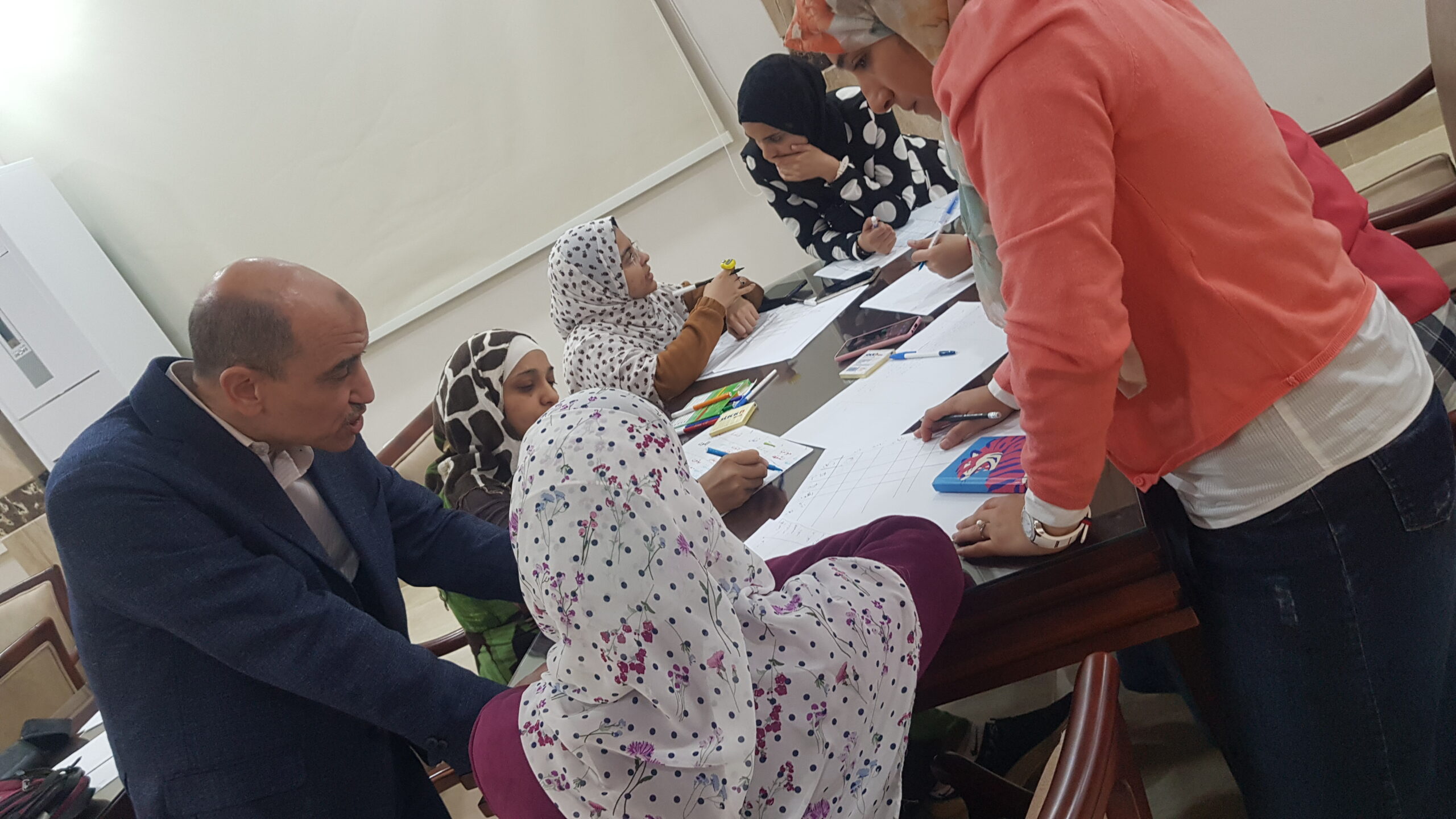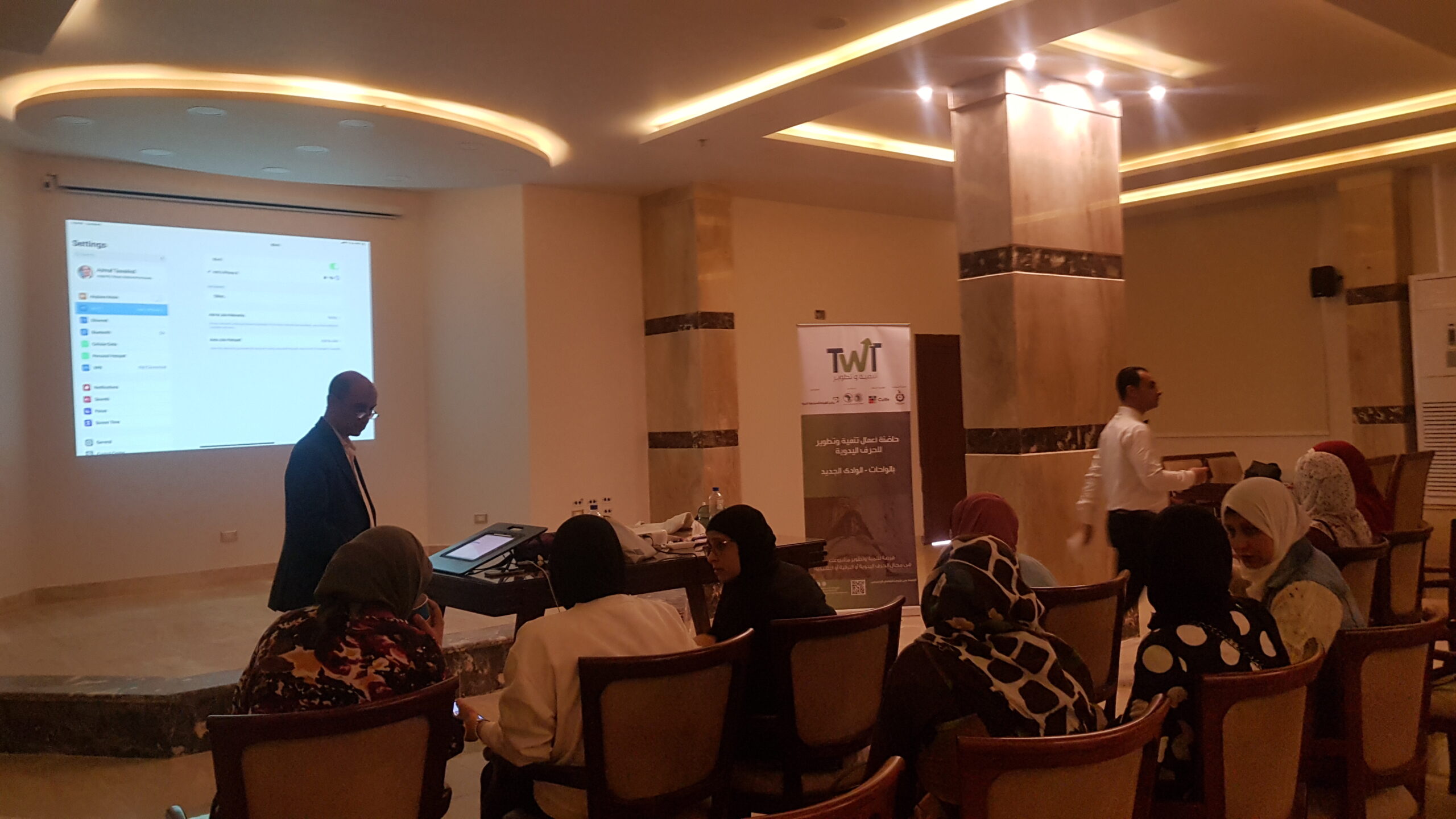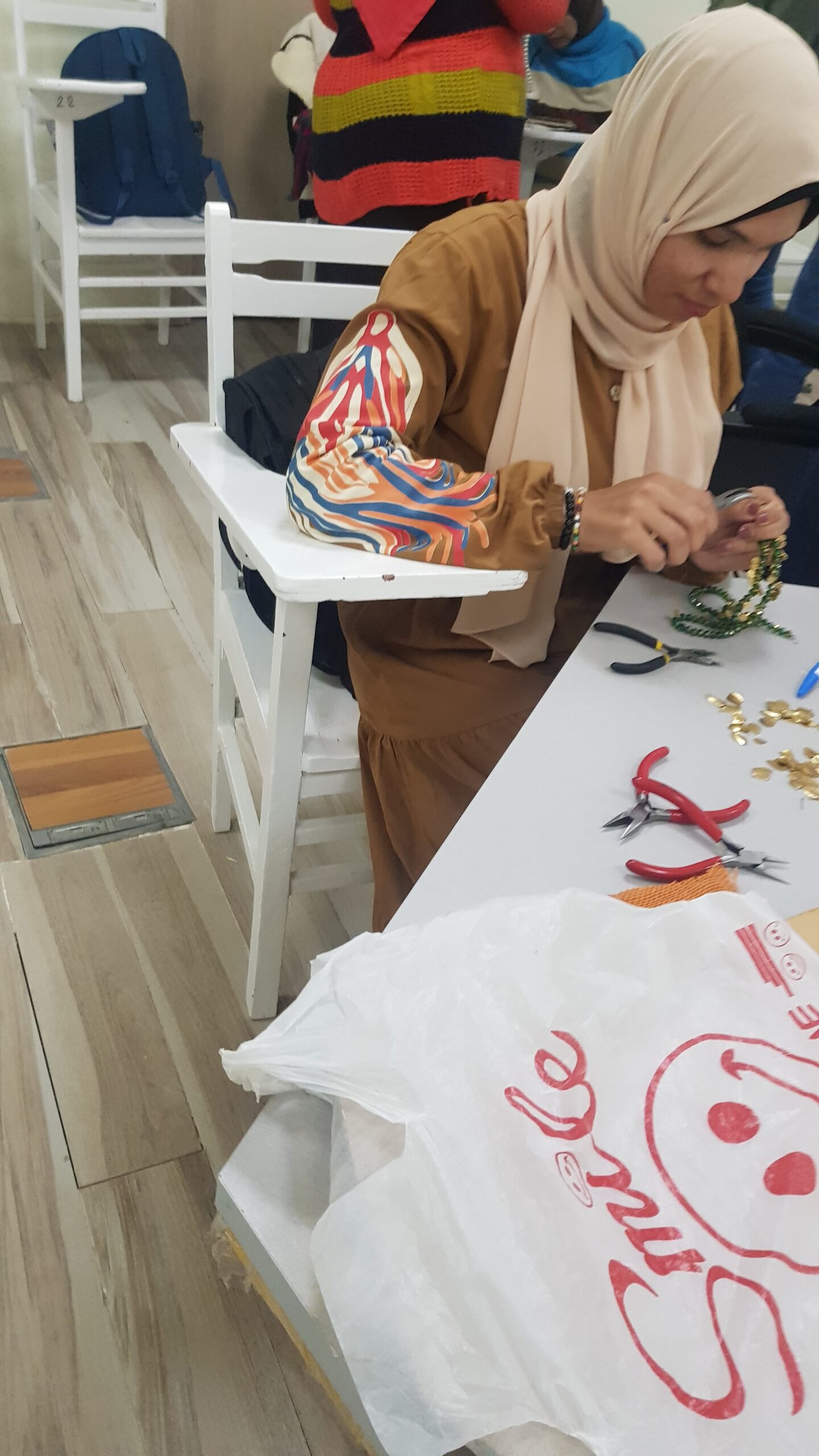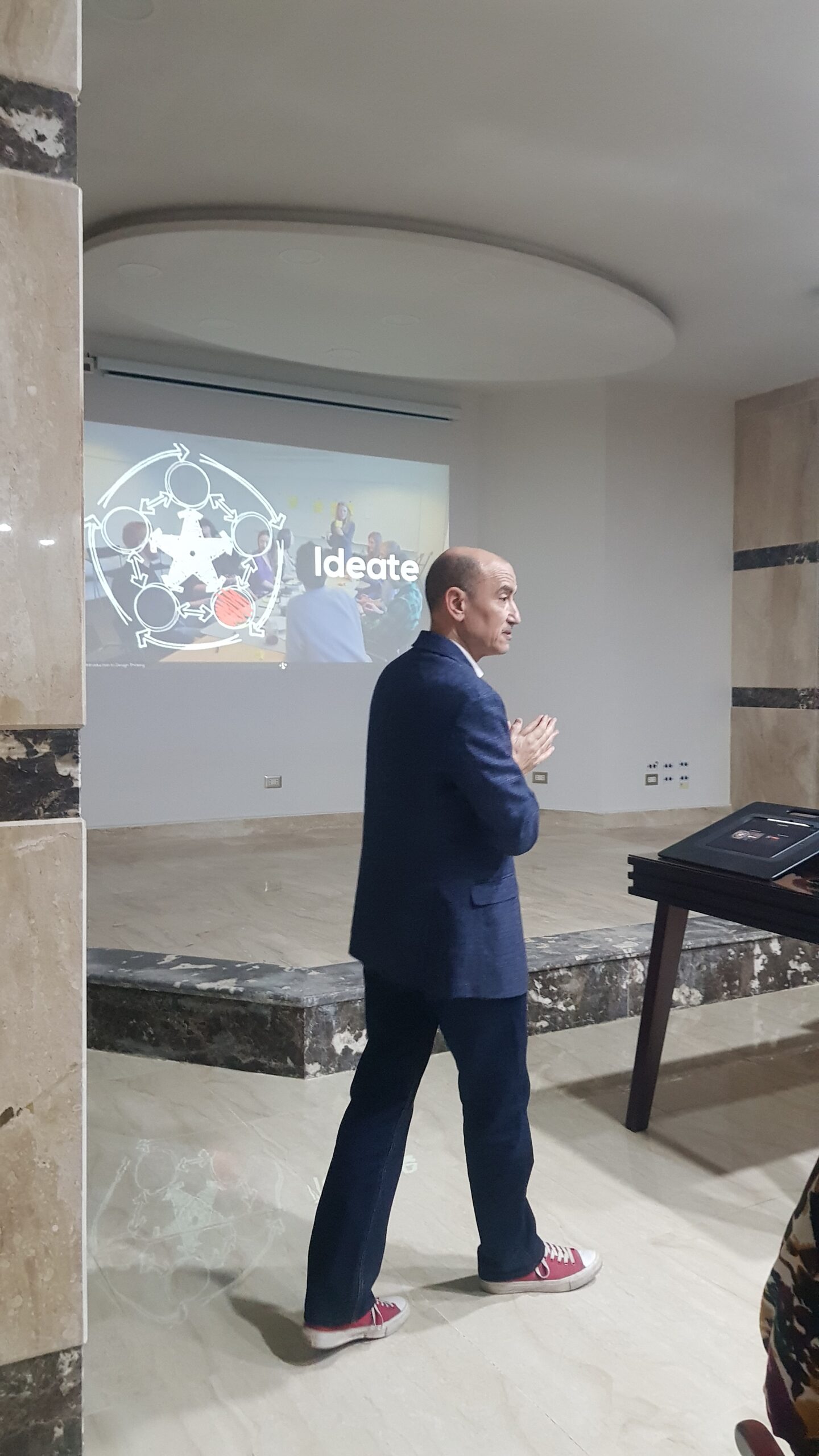Handicraft artisans in southern Egypt and its governorates require strong support to unleash their full creative potential. This motivated us to participate in this project, which aims to empower entrepreneurs with manual skills and creativity. They need significant support, knowledge, learning, and development to enter the market with distinctive products that amaze their target customers and generate profits.
Team
Ashraf Tawakkol
Kariman Kadry
Yahia badran
Tags
Creative Process
We believe that supporting handicraft artisans is essential, and we were delighted to embark on this wonderful journey with them in Al Kharga, southern Egypt.
Driven by our belief in the power of supporting individuals with manual skills and talents, we embarked on a journey of continuous creativity with a group of artisans. Our goal was to unleash their full potential and translate their unique visions into real, tangible, and innovative products.This creative process is designed to help handcraft people develop new products and services, improve their marketing and sales strategies, and overcome other challenges. It is based on the design thinking principles of empathy, definition, ideation, and prototyping.
Empathize
The first step is to empathize with the handcraft people. This means understanding their needs, challenges, and aspirations. This can be done through interviews, workshops, surveys, and observation.
Ideate
The next step is to ideate solutions to the problem. This is where design thinking comes in. Design thinking is a non-linear, iterative process that encourages creative thinking and experimentation. There are many different design thinking methods and tools that you can use.
Define
Once you have a good understanding of the handcraft people, you can define the problem that you want to solve. This could be anything from helping them to develop new products and services to improving their marketing and sales strategies.
Prototype and Test
Once you have generated some ideas, you can start to prototype and test them. This means creating rough models or representations of your ideas and testing them with the handcraft people. This will help you to refine your ideas and ensure that they are feasible and desirable
Product Features
- Online and offline training: we Offer both online and offline training to reach a wider audience and give people flexibility in how they participate.
- High-quality materials: Provide the handcraft people with high-quality materials to use in their projects.
- A supportive and collaborative environment: We Created a supportive and collaborative environment where the handcraft people can learn from each other and share their ideas.
- Opportunities to sell products: We Provided the handcraft people with opportunities to sell their products, either online or in person.
- A community forum: We created a community forum where the handcraft people can ask questions, share tips, and get feedback on their work.
- A marketplace: We Created a marketplace where the handcraft people can sell their products to a wider audience.
Design Thinking
Team work
Creative Idea
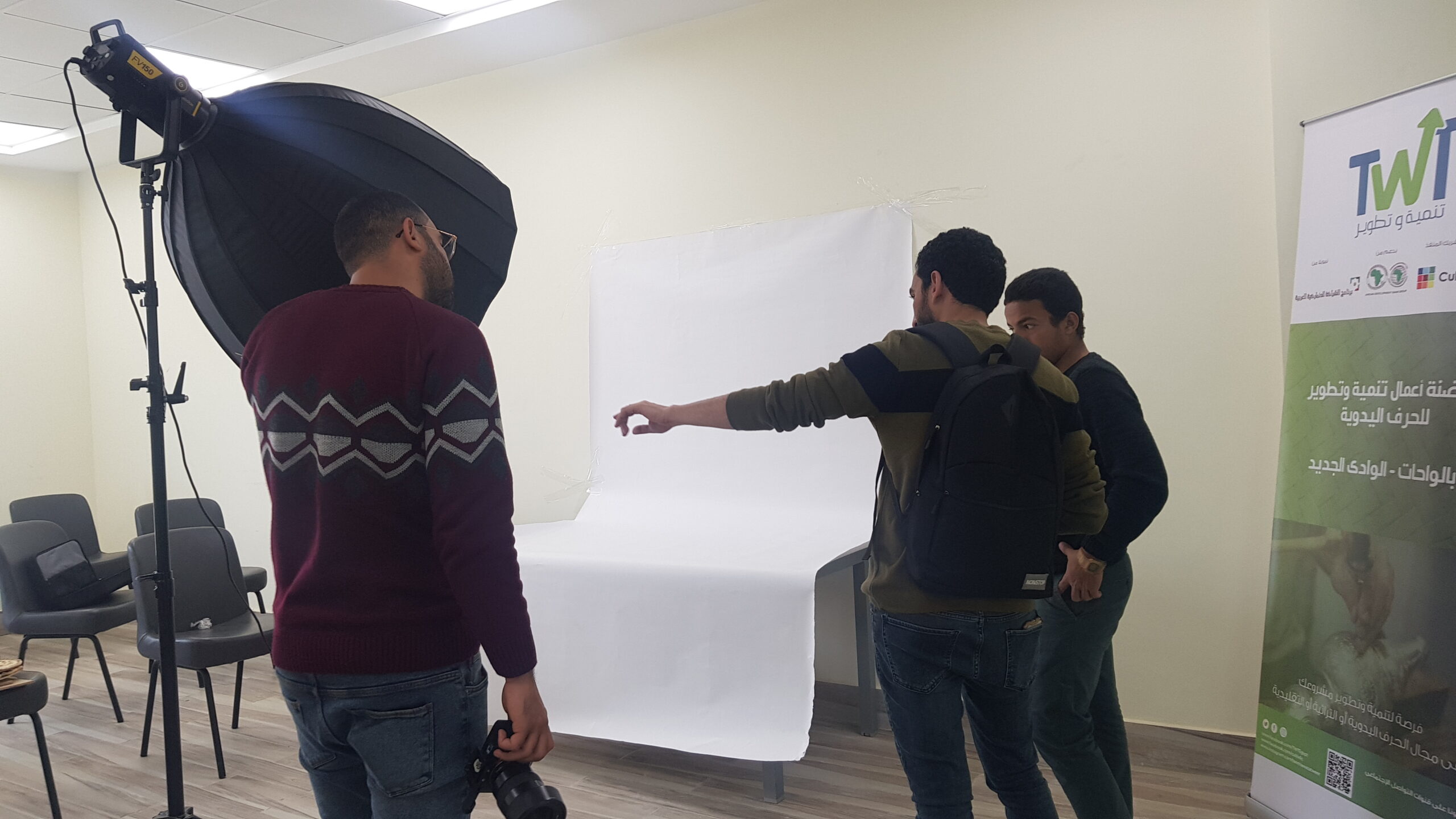
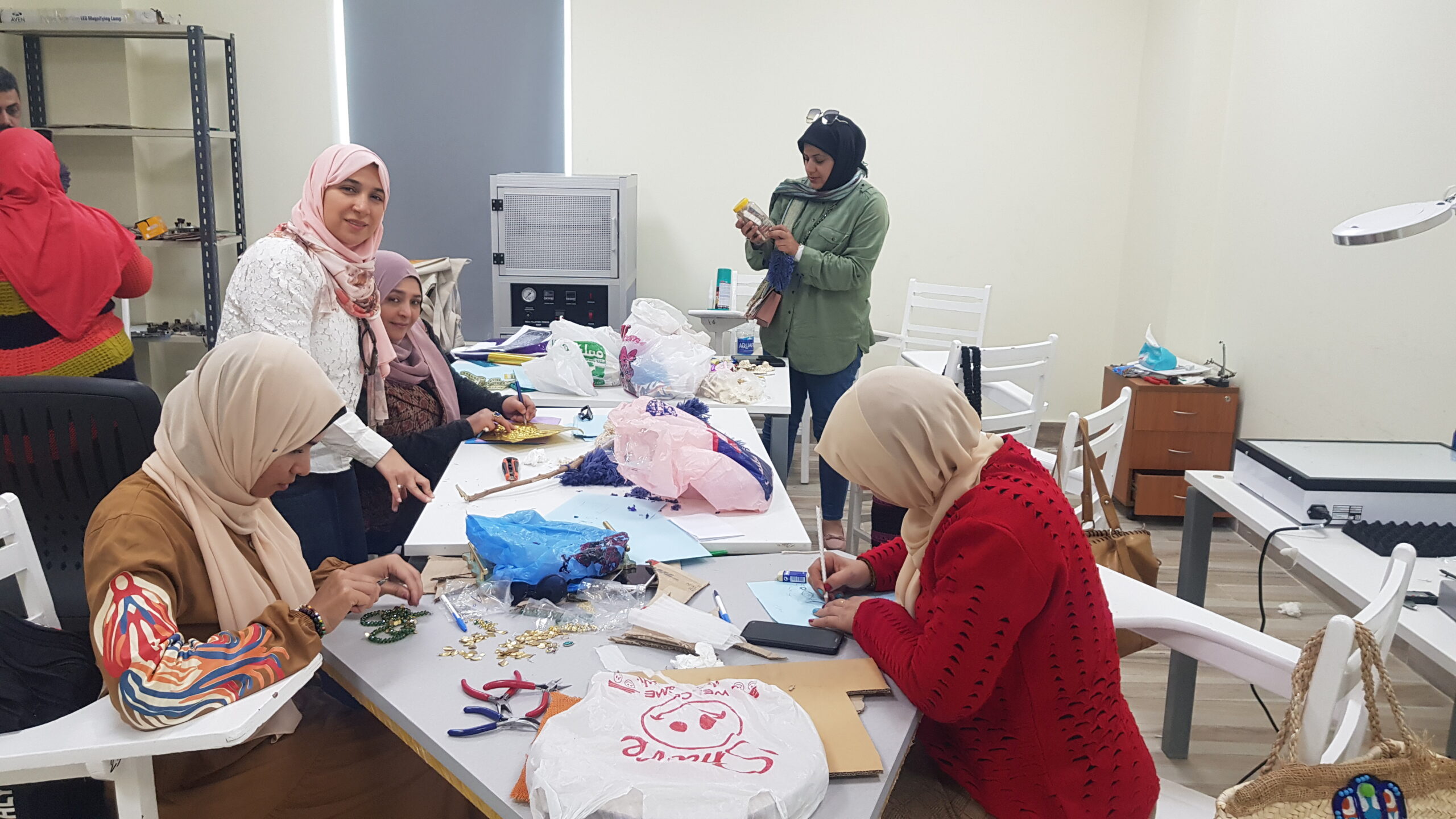
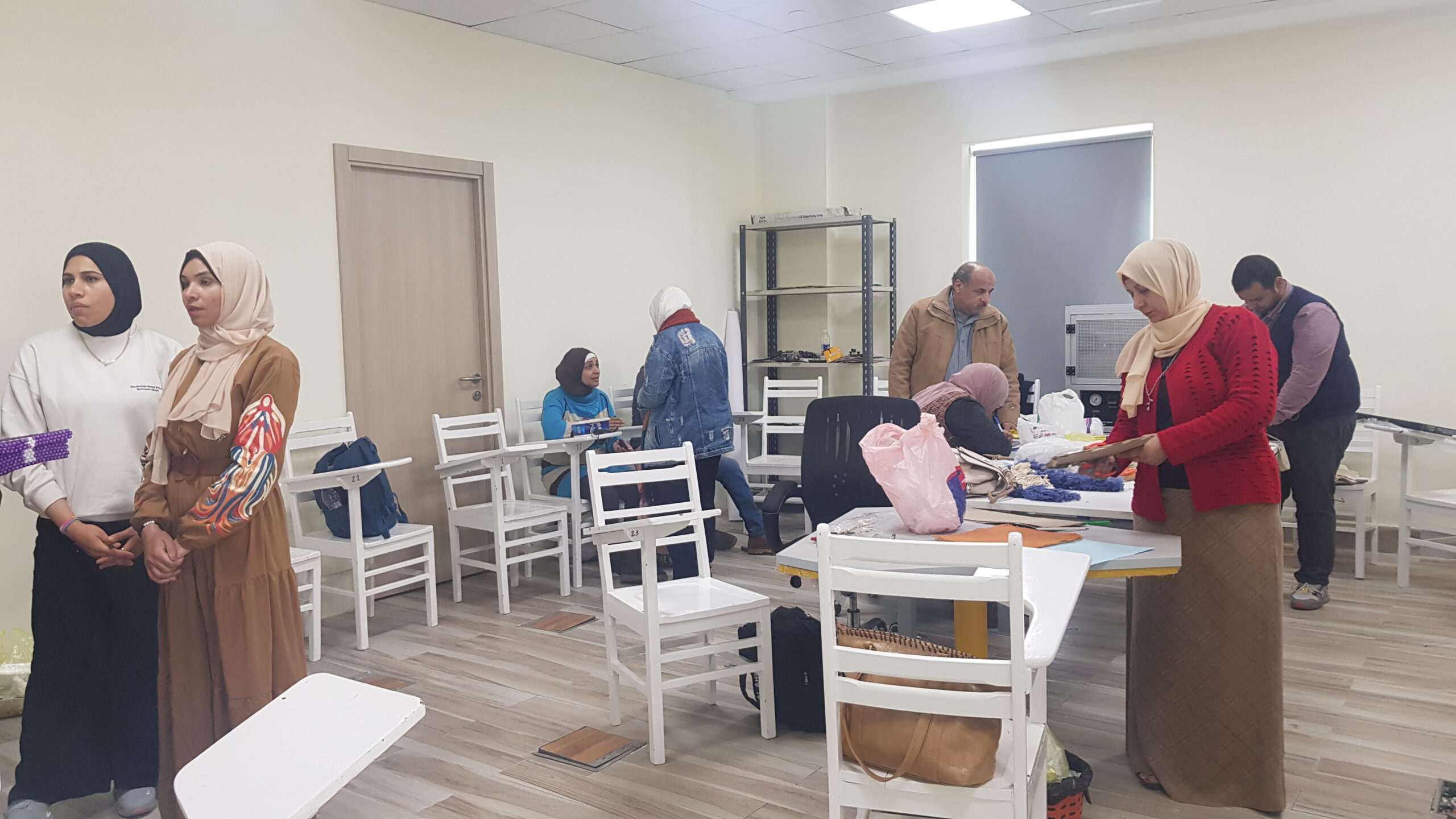
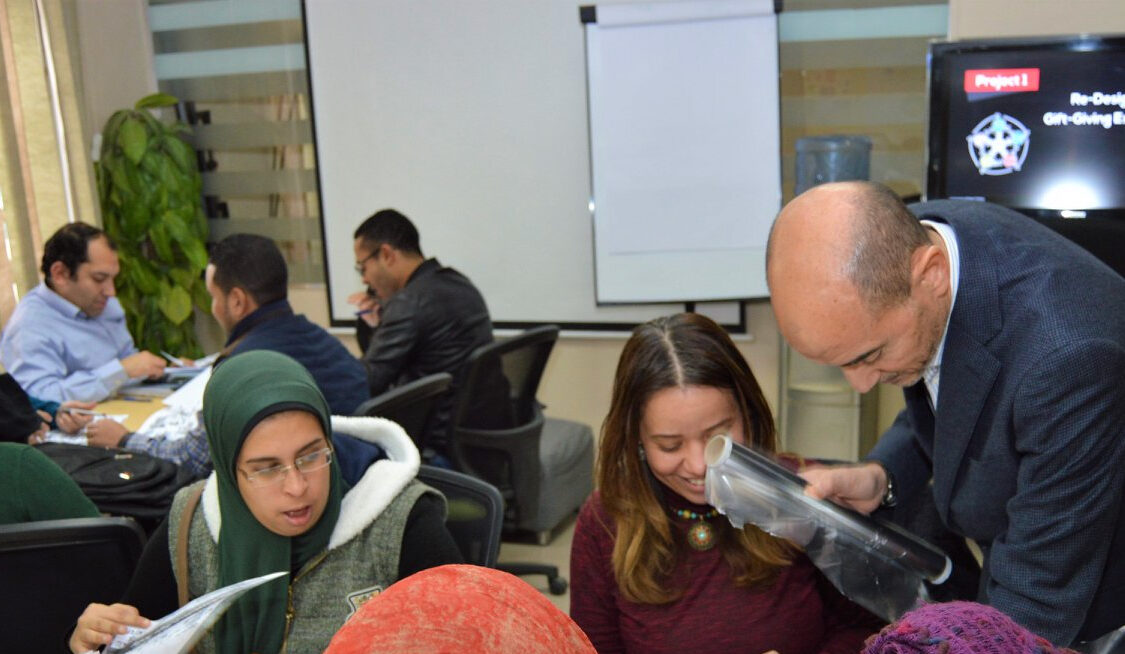
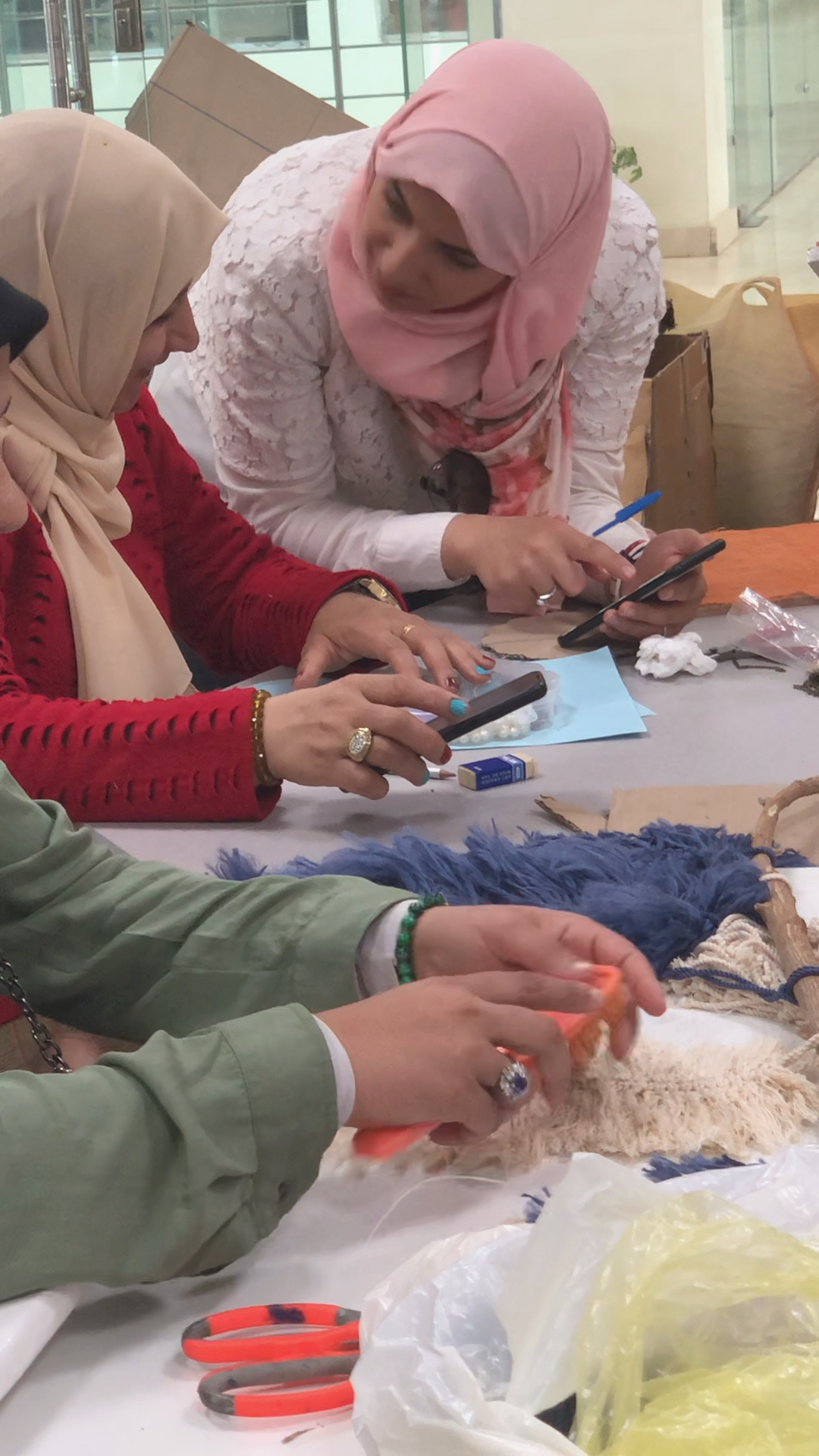

Investing in the handicraft sector offers a number of compelling benefits, including job creation, economic growth, and cultural preservation. By supporting this important project, stakeholders can play a vital role in helping the artisans reach their full potential.
Let’s Start Something new
Say Hello!
How will you join us in reimagining the world, one captivating story at a time?
Start discovering the Intersection difference today.

